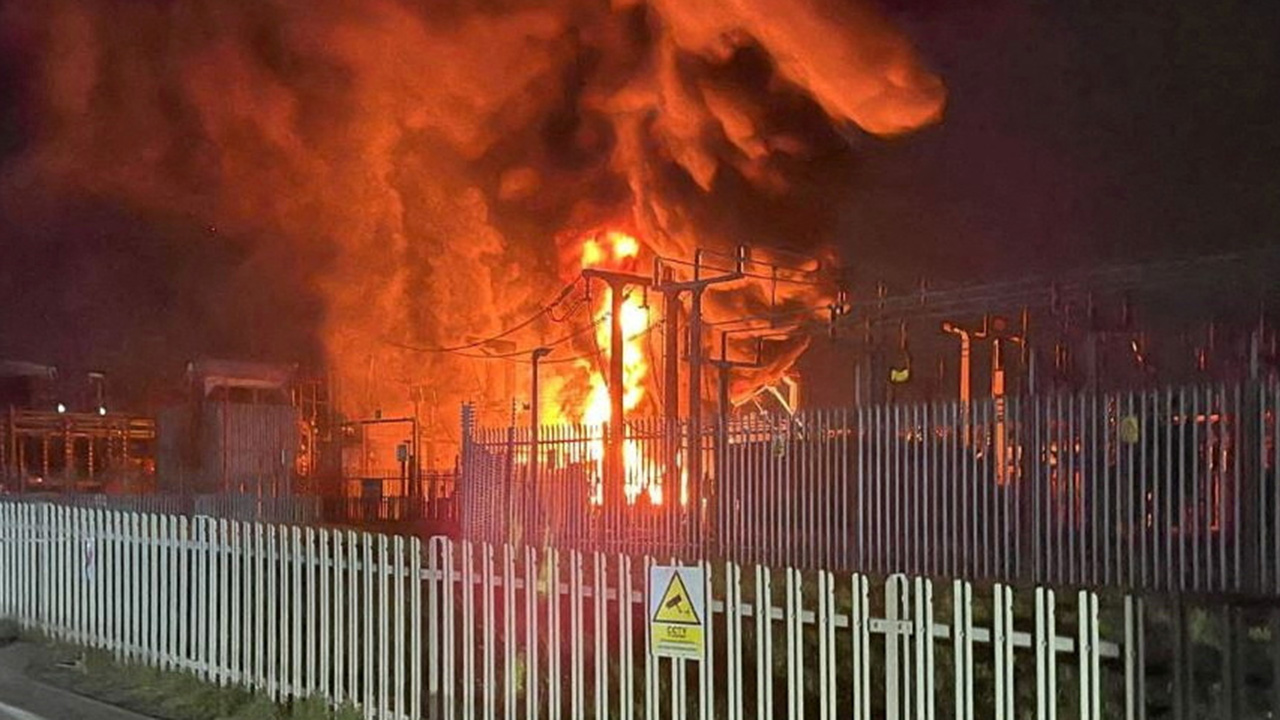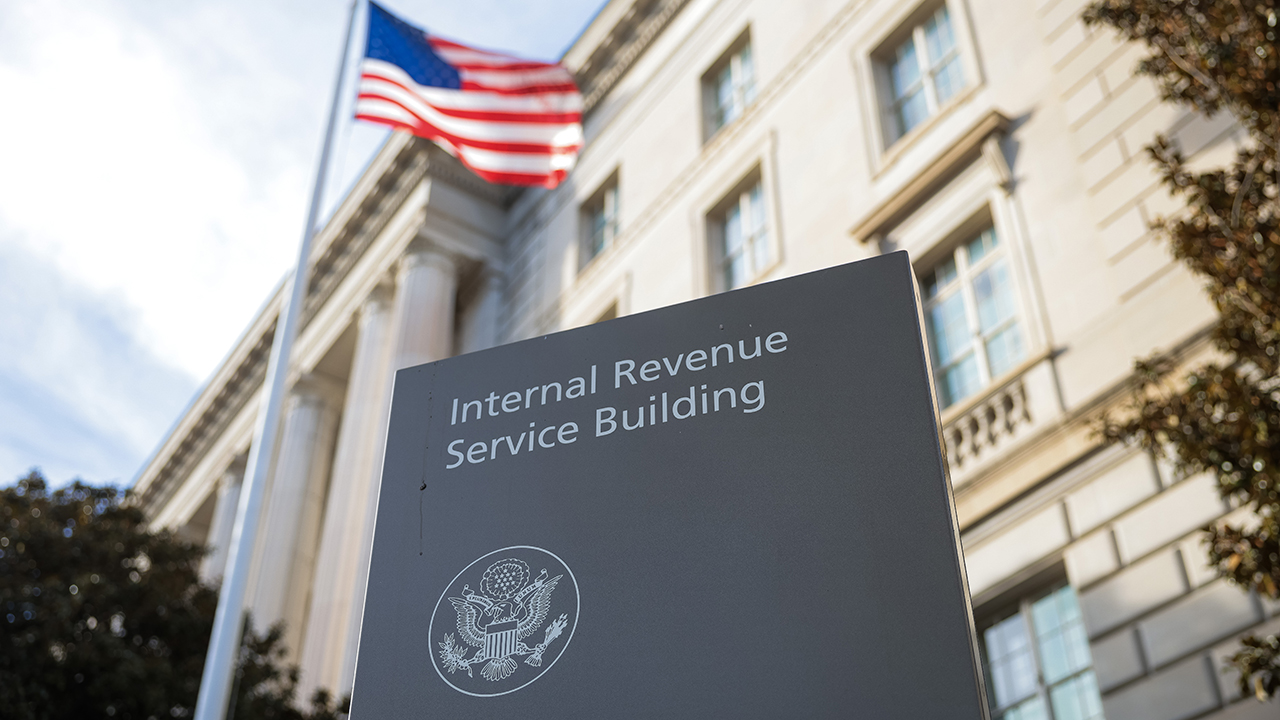Why Transparency Matters in the Digital Workspace


The office didn’t disappear; it just stopped being physical. As remote and hybrid work models settle into permanence, collaborative working has shifted from walls and whiteboards to workspaces built entirely on screens. More than 20% of the workforce in the US now work remotely at least half of the time. It’s largely effective, and many argue a cost-cutting exercise, but without shared hallways or impromptu desk chat, a new productivity-killer has emerged in the form of ambiguity. Who owns what? What’s blocking progress? Why was a decision made, or left unmade? These small uncertainties can spiral into business-breaking problems, and they underline something that has been very much missing from the remote working conversation – transparency.
But what is transparency? Some see that word and will immediately think “micromanagement,” or worse, “surveillance.” But the most effective businesses don’t track people, they track processes. They build systems where decisions, priorities, and responsibilities are visible by default, not parcelled out on a need-to-know basis. Transparency becomes the mechanism through which distributed teams align without constant supervision, move quickly without confusion, and sustain accountability without friction. In the absence of physical presence, transparency is the glue that holds modern work together. It’s a question of trust rather than control.
From oversight to ownership
Think back to the last office you worked in, and visibility was most likely a top-down affair. Managers had line of sight into team activity because they shared physical space, sat in the same meetings, and monitored progress through proximity. They “kept an eye” on things. But distributed work has collapsed that model. Today, visibility isn’t granted through hierarchy. Instead, it’s built into systems, and the best digital workspaces use it to decentralise ownership rather than ramp up monitoring. When project updates, task responsibilities, and decision rationales are accessible to everyone, accountability stops being an act of participation. It becomes empowering, self-reinforcing, and truly democratic. In fact, you could argue that remote working has devolved ownership of processes rather than creating opportunities for surveillance and snooping on employees.
This shift has naturally rewired how teams function. Rather than bottlenecking updates through managers or waiting for status meetings to surface issues, team members can align themselves in real time. They know who’s doing what, where blockers exist, and how their work connects to shared goals. They can tell at a glance whether a decision is pending and know instantly whose court the ball is in. In many ways, managers become even more accountable in a remote work environment. Transparency flattens the hierarchy and removes the hidden dependencies that often slow down distributed teams. It gives people the clarity they need to act, and in doing so, it replaces managerial oversight with something stronger: collective responsibility.
Digital workplaces as a source of truth
One of the benefits of working in a distributed team is that work and the “thinking” associated with it doesn’t live in conference rooms or on whiteboards, but in platforms. And those platforms are available anywhere, anytime, and on virtually any device. Messaging threads, shared documents, collaborative task boards, decision logs, and version histories have become the new architecture of collaboration, and they leave a trail. That trail, like a thread running through a chain of emails, offers a source of truth that isn’t available in a traditional office environment. But not all digital workspaces are created equal. The most effective ones are structured specifically to take advantage of this. That means one shared view of who’s responsible for what, how far along each project is, what decisions have been made (and why), and what has changed since the last time anyone checked. This makes it harder to forget, duplicate, or misinterpret things, which in turn drives up productivity and increases engagement and ownership.
Trust the system, not the memory
Modern collaboration platforms increasingly allow asynchronous updates, real-time commenting, and audit trails that surface context without interrupting flow. Threads stay attached to the work they reference rather than getting buried in inboxes. Permissions can balance access and privacy without compromising clarity, and when implemented thoughtfully, these systems reduce reliance on oral memory and managerial gatekeeping.
The result of all this is institutional resilience. When a teammate is offline or a leader is absent, the work keeps moving because the information isn’t locked in someone’s head. In a remote-first world, transparency isn’t surveillance. It is the fuel that powers collective momentum.
The post Why Transparency Matters in the Digital Workspace appeared first on European Business & Finance Magazine.














































